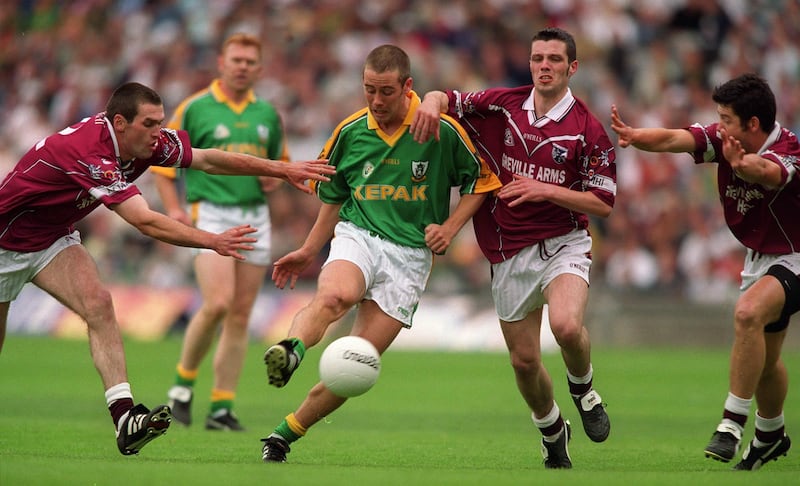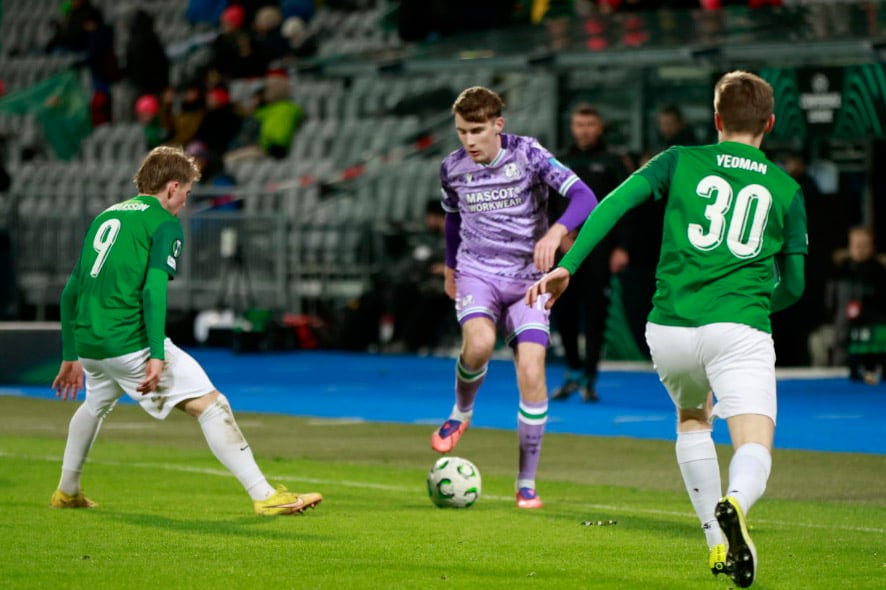Paul Shankey brings a broad football experience to bear on his role with John Cleary’s Munster management in the weekend’s interprovincial trials of the Football Review Committee (FRC) rule proposals.
It is 25 years since he was involved with the Meath panel that won the county’s most recent All-Ireland and he played during the campaign as a replacement wing back. Earlier this year, he was part of that group honoured as silver jubilee champions.
“I wouldn’t say it’s depressing but time goes by way too fast,” he says. “It was great to meet up there recently, we had a great day out in Croke Park but we all went back into default. We don’t see or talk to each other that much.”
They were hosted by GAA president Jarlath Burns, who coincidentally played his last match for Armagh in the 1999 All-Ireland semi-final defeat by Meath.
READ MORE
By his own account, Shankey has lived longer in Waterford than in his native county.
Last season he took up the reins of his adopted county’s football team and led them to a first championship win over Tipperary in 36 years and a first in the province since 2010.
His immediate focus is gathering the Munster challenge for Friday and Saturday. He enthusiastically discusses the proposed new rules, which he has been coaching with his adopted province.
“There are three of them I like personally. Starting from the back, I like the ‘keeper kicking it beyond the 40. I think that will bring back the old traditionalist in everyone, the bit of a contest in the middle field and half backs winning breaking ball. I like that one.
“And then obviously the structure of the three versus three and finally the advanced mark inside the 20 where the forward can keep going and have a chance. Those three rules really complement each other and they also enhance the game, I think considerably.
“They’d be my front runners, but all the rules are great and they’re all, you know, trying to make ... football a more exciting spectacle.”
Shankey acknowledges the steps by which football mutated from a fixed position contest for the ball to a caution-ridden possession game and has high praise – “the process has been brilliant” – for the FRC’s work in trying to address the shortcomings.
“Gaelic football is a great game. You know, there were lots of bad games in my time as well. It’s just that it’s gone very structured and has lost that kind of element of risk maybe, the element of teams going for it.

“Coaches and managers and players are playing what’s in front of them – trying to enhance their chances of being competitive, so I can’t blame anyone for that. But it does need a couple of tweaks just to make it more exciting, bring back the inside forward.”
He is impatient with suggestions that the new rules will prove overly burdensome on referees and hard to enforce at club level.
“I think there is a lot of noise about it being complicated. Maybe at club level, but I think players will embrace – and referees seem to be embracing – it.
“When Jim [Gavin] explains them in their seven points, they’re pretty straightforward and not that difficult to referee in my estimation. It’s ‘keeper kicks out it beyond the 40; it’s a contest. It’s kicked in, a [two-point] score outside the arc and there’s the advantage mark.
“A ball up between two people. The tap and solo, [addressing] the cynical side of it and lads getting held up – that’s quite good as well [a 50-metre penalty]. It’s just trying to bring it to more contests, being faster, more aggressive.”
In his own demesne he has plenty to encourage him after Waterford’s breakthrough during the summer, which he personalises.
“There’s a guy, Mike Curry [the team’s anchor centrefielder for the last 10 years], who has played 100 matches, which is a phenomenal achievement for any county team. That was his first or second win, his first Munster win. It was obviously brilliant.”
Waterford is a dual county with large numbers playing both hurling and football at club level, even if the glamour tilts heavily to the small ball at intercounty level.
“It’s a great county because every club is a dual club,” says Shankey. “They’ll play football and hurling, every single one of them, so there are a lot of good footballers there.”
He reams off the prominent county hurlers playing in the football championship, but is sanguine about the future with all of the football development work going on in the county.
“I was at the [semi-final] match at the weekend between Gaultier and Ballinacourty and Dessie Hutchinson and Mark Fitzgerald were running amok for Gaultier. [Conor] Prunty plays for Ballinacourty. Anyone who is good at sport is good at most sports. They can’t all be hurlers.”
- Sign up for push alerts and have the best news, analysis and comment delivered directly to your phone
- Join The Irish Times on WhatsApp and stay up to date
- Listen to our Inside Politics podcast for the best political chat and analysis













